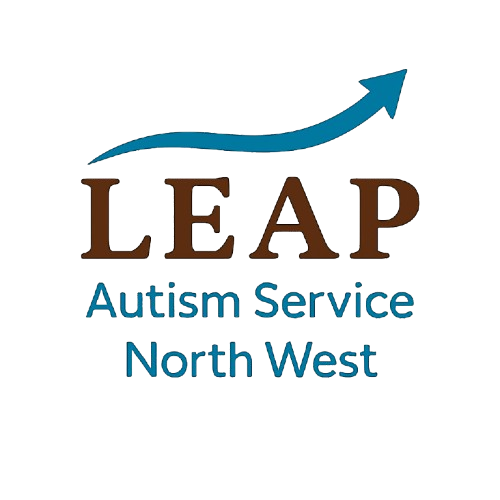You’ve just received a diagnosis of autism, what happens now?
What Happens After an Autism Diagnosis? A Practical Guide for Adults
Receiving an autism diagnosis in adulthood can be a turning point, but what comes next isn’t always clear. Many people leave their assessment with more questions than answers. At Leap, we believe post-diagnostic support should be practical, validating, and tailored to real life. Here’s a straightforward guide to what you can expect, what to prioritise, and how to move forward with confidence.
1. Understand What the Diagnosis Means — Clinically and Personally
Your diagnostic outcome is based on criteria outlined in the DSM-5, which includes persistent differences in social communication and interaction, alongside restricted or repetitive patterns of behaviour, interests, or sensory experiences. But the clinical label is just one part of the picture.
What to do next:
Read your report, take your time, they are often very long!
Ask for clarification on any terms you don’t understand. You are always welcome to arrange a post diagnosis chat to talk through your report or discuss next steps.
Make a list of traits or patterns that feel most relevant to your daily life
2. Identify your Support Needs
Some people feel relief after diagnosis, others feel overwhelmed. Both viewpoints are valid. The key is to identify what you need right now, whether it’s emotional support, workplace adjustments, or practical tools.
Consider:
Do you need help explaining your diagnosis to family or colleagues?
Are sensory challenges affecting your daily routines?
Would a structured planner, visual schedule, or quiet space (for example at work) help?
3. Explore Adjustments for the Workplace or Education
Under the Equality Act 2010, autistic people are entitled to reasonable adjustments at work and in education. These can include flexible hours, noise-reducing equipment, written instructions, or a preferred form of contact (e.g. email over phone calls).
Steps to take:
Review your job description and identify where challenges arise
Speak to HR or your line manager about adjustments
Consider Access to Work, a government scheme that funds support for disabled employees (National Autistic Society, 2025).
4. Build a Toolkit That Works for You
There’s no one-size-fits-all approach to post-diagnostic support. Some people benefit from coaching, peer groups, or occupational therapy. Others prefer self-guided resources.
Start with:
A daily planner or journal. Keeping a note of your feelings can be useful for spotting patterns or areas of challenge.
Sensory tools (noise-cancelling headphones, weighted blankets, fidget items)
Online communities or local groups for autistic people
5. Know Your Rights, and Your Options
An autism diagnosis can open doors to support, but it also requires self-advocacy. You may be eligible for benefits, housing support, or further assessments (e.g. ADHD, sensory processing).
Further support:
Once diagnosed, Leap will contact your GP to inform them of your diagnosis (with your consent)
Explore Personal Independence Payment (PIP) or Universal Credit, if eligible.
Ask about sensory assessments or mental health support if needed
6. Plan for the Long Term
Autism is lifelong, but support needs can change. What helps now may evolve over time. The goal isn’t to “fix” anything, you don’t need fixing, it’s to build systems that work for you.
Think about:
What routines help you feel regulated and safe?
What relationships feel supportive and sustainable?
What boundaries do you need to protect your energy?
Final Thoughts
A diagnosis is just the beginning of understanding yourself more clearly. At Leap, we’re committed to making that journey practical and empowering. Whether you’re newly diagnosed or years into self-discovery, you deserve to live a life that honours your strengths and supports your areas of challenge.
Ready to talk about your experiences? Book a FREE consultation today

